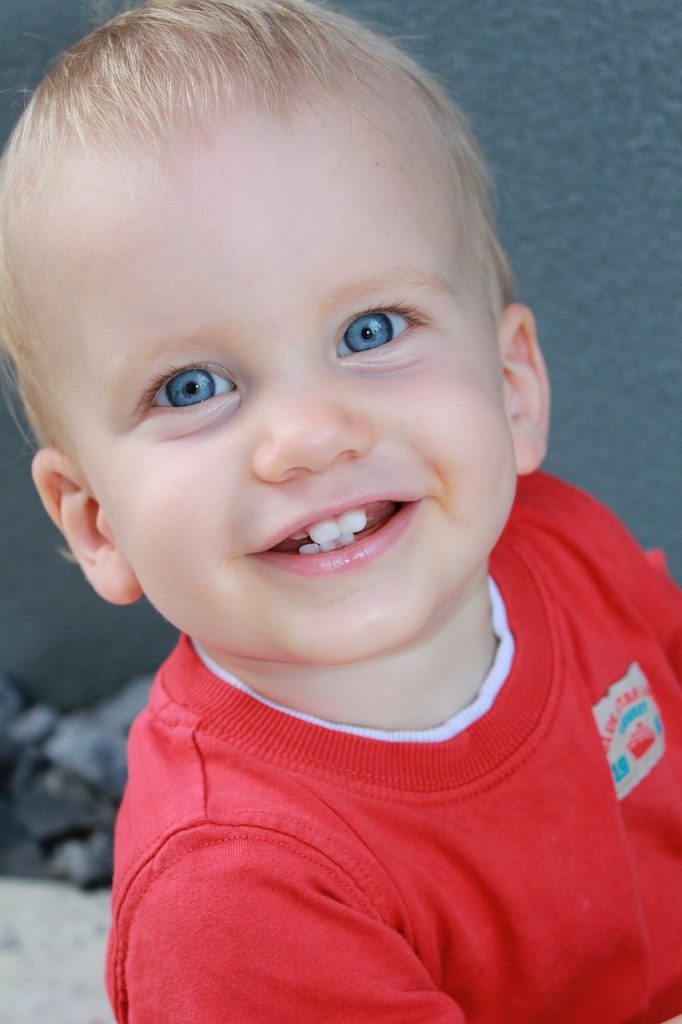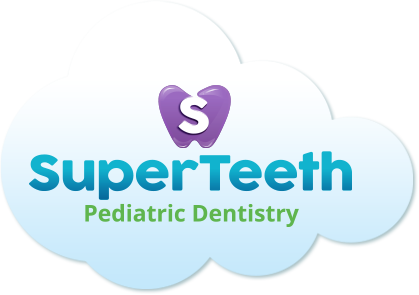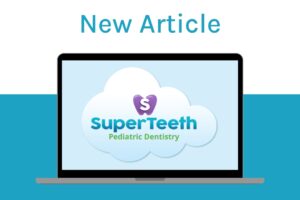
A child’s first tooth growing in can be a bittersweet moment for parents. It can be frustrating when babies become irritable. It can also be exciting because this marks another stage in a child’s life. Understanding the stages of oral development can help you promote optimal oral health for your child.
Birth to 3 Years Old
The primary (baby) teeth that will appear in the first 3 years of your child’s life aid in development. Primary teeth are key for chewing, speaking, and appearance. They also hold space in the jaws for upcoming adult teeth. Even though they fall out, baby teeth are extremely important.
3 to 6 Years Old
By the time your child is 3 years old, they will most likely have all 20 primary teeth. Your child should be brushing their teeth twice a day and flossing daily.
6 to 12 Years Old
Between the ages of 6 to 12 years old, your child will gradually lose all of their primary teeth and their first permanent (adult) teeth will move into place. Permanent teeth affect the position and health of the other adult teeth that will grow in later.
12 to 17 Years Old
After 12 years old, your child will likely have most of their adult teeth. Oral health becomes critical because these are their teeth for life. Avoid excessive sugar which can lead to tooth decay, wear mouth guards while playing sports, and visit us if your child appears to have crooked teeth.
17 to 21 Years Old
The last teeth to appear are wisdom teeth. Often times, we recommend that these teeth be removed to prevent overcrowding which can lead to many oral health problems. This tends to occur between the ages of 17 to 30.
Teeth are constantly changing throughout childhood. How you take care of your child’s teeth now, can impact their oral health in the future.
Call us to schedule your child’s first appointment today.





